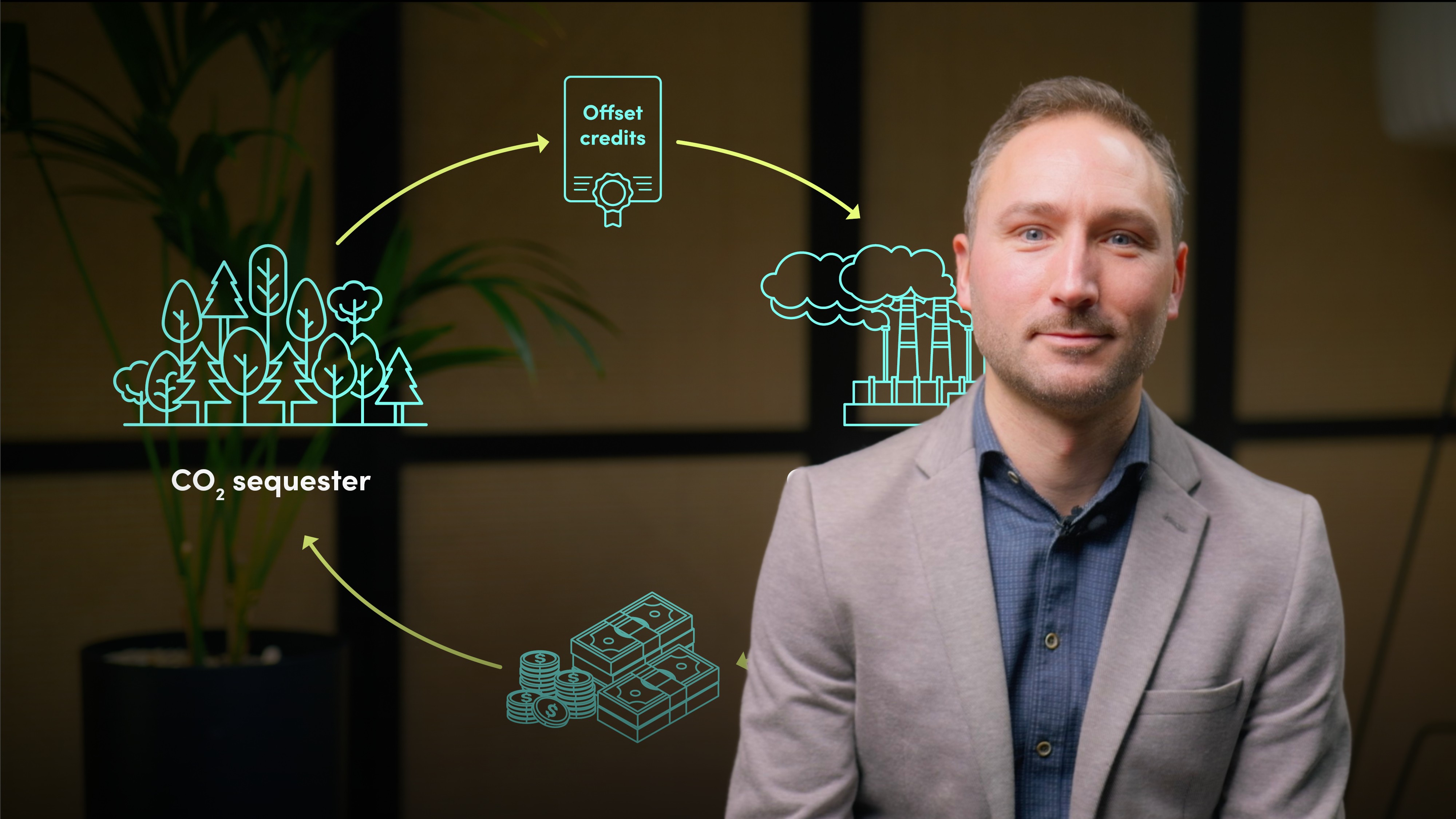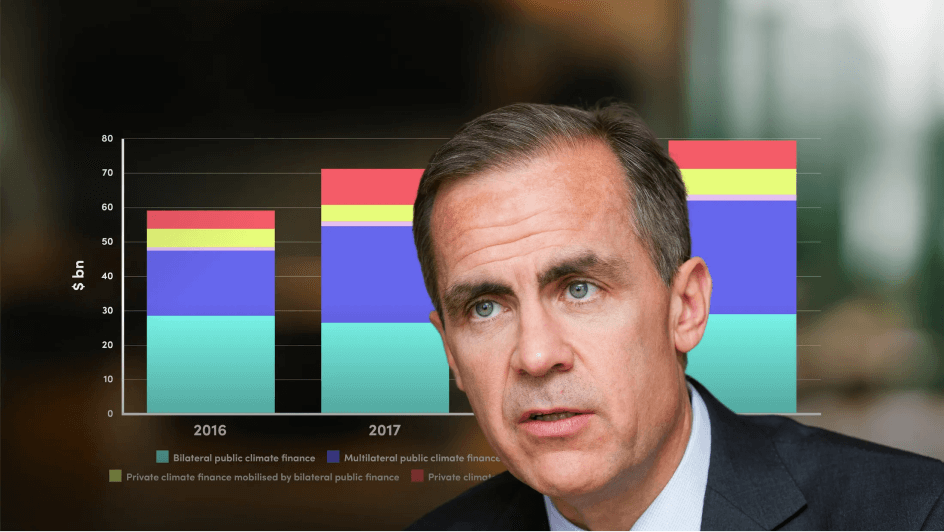
The Science Behind Net Zero Targets

Steve Smith
15 years: Climate Science and Policy
In this video, Steve explores the concept of net zero emissions, tracing its origins and outlining the essential principles for achieving it. From the evolution of climate strategy to the scientific principles underpinning net zero.
In this video, Steve explores the concept of net zero emissions, tracing its origins and outlining the essential principles for achieving it. From the evolution of climate strategy to the scientific principles underpinning net zero.
Subscribe to watch
Access this and all of the content on our platform by signing up for a 7-day free trial.

The Science Behind Net Zero Targets
11 mins 26 secs
Key learning objectives:
Understand the evolution of climate strategy from focusing on greenhouse gas concentrations to adopting net zero CO2 emissions
Outline the five essential principles for translating net zero commitments into concrete action
Understand the challenges in ensuring the integrity of net zero commitments
Understand the necessity of global cooperation and accountability in achieving a net-zero future
Overview:
The net zero concept emerged from scientific advancements and was solidified by the Paris Agreement of 2015. This approach shifts focus from greenhouse gas concentrations to achieving net zero CO2 emissions, aligning with the realisation that to limit global warming, we must adhere to a global "carbon budget." To turn net zero commitments into action, five principles are crucial: accelerating CO2 cuts, addressing all greenhouse gases, ensuring genuine emission reductions and credible offset credits, maintaining the permanence of carbon removal, and promoting global collaboration. Despite the widespread adoption of net zero targets across sectors, significant challenges in integrity and implementation persist. The transition from intent to action requires adherence to scientific principles, genuine emission reduction efforts, and global cooperation to ensure a sustainable path towards a net zero future.
Subscribe to watch
Access this and all of the content on our platform by signing up for a 7-day free trial.
- Cut faster: The urgency in reducing CO2 emissions cannot be overstated. The pace at which emissions are reduced directly impacts the peak global temperature. Immediate and significant reductions are necessary to decrease overall emissions and mitigate the worst effects of global warming.
- Think about the mix: While the net zero concept primarily addresses CO2 emissions, other greenhouse gases like methane also require attention. Methane is more potent but shorter-lived than CO2, suggesting that strategies should differentiate between gases, focusing on both the rate of emissions and the total cumulative amount.
- Keep it real: Net zero should mean actual emissions are either drastically reduced or completely balanced by removing CO2 from the atmosphere. Reliance on offset credits should be minimised unless they represent genuine, additional, and permanent emission reductions or removals. Transparency and integrity in the use of offsets are paramount.
- What goes down must stay down: Any CO2 removal used to balance out emissions must be permanent. This highlights the necessity for reliable and long-lasting solutions for carbon capture and storage, ensuring that efforts to achieve net zero result in real, enduring benefits for the climate.
- Go global: Achieving net zero is a collective effort that transcends individual or national achievements. It calls for a global approach, where actions contribute to a comprehensive strategy for reducing global emissions. Some entities might need to go beyond net zero, compensating for those areas where emissions are harder to eliminate.
Subscribe to watch
Access this and all of the content on our platform by signing up for a 7-day free trial.

Steve Smith
There are no available Videos from "Steve Smith"





























